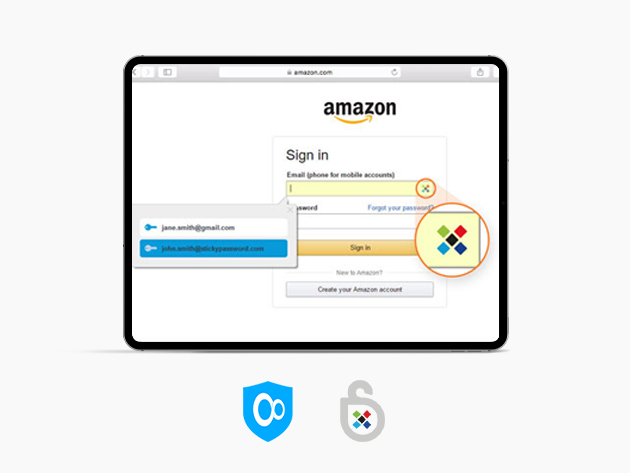
5-25 #Coding : imec has recently shared its sub-‘1nm’ silicon and transistor roadmap; Samsung Group has pledged KRW450T in chip, bio, and IT sector over the next 5 years; Xiaomi and Leica have officially confirmed a partnership; etc.

Interuniversity Microelectronics Centre (imec) has recently shared its sub-‘1nm’ silicon and transistor roadmap. The roadmap contains breakthrough transistor designs that evolve from the usual FinFET transistors that may final till 3nm, to new Gate All Round (GAA) nanosheets and forksheet designs at 2nm and A7 (seven angstroms), respectively, adopted by breakthrough designs like CFETs and atomic channels at A5 and A2. As a reminder, ten Angstroms are equal to 1nm, so Imec’s roadmap encompasses sub-‘1nm’ course of nodes. Ten Angstroms (A) equal one 1nm. That means A14 is 1.4nm, A10 is 1nm, and we go to the sub-1nm era in the 2030 timeframe with A7. imec expects GAA/nanosheet and forksheet transistors (at its most basic level, a denser version of GAA) to last through the A7 node. Complementary FET (CFET) will transistors will shrink the footprint even further when they arrive around 2032, allowing more densely-packed standard cell libraries. imec is also researching system technology co-optimization (SCTO) techniques, such as 3D interconnects and 2.5D chiplet implementations.(CN Beta, Tom’s Hardware, Techy Insight, My Drivers)
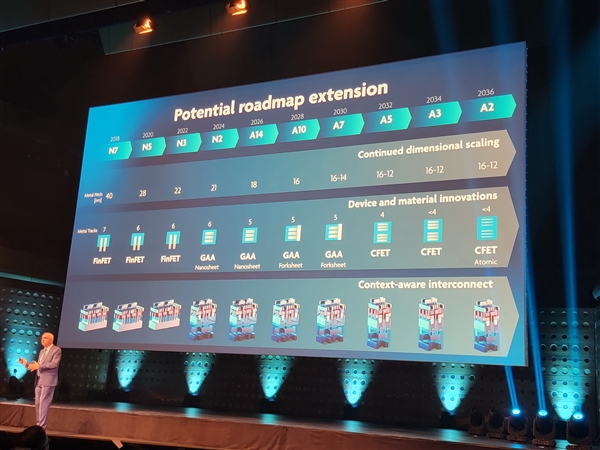
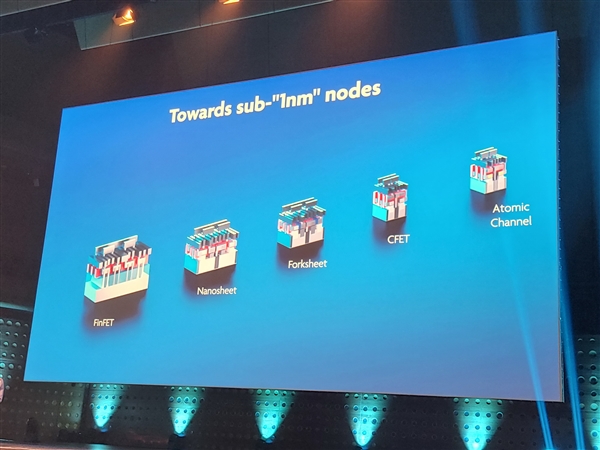
MediaTek has announced the Dimensity 1050, which is its first chipset with mmWave 5G support. It is built by TSMC on a 6nm process, and the company promised devices with the chip as early as 3Q22. The company has also introduced its Wi-Fi 7 platforms in the Filogic 880 and Filogic 380 with Wi-Fi 7 and Bluetooth 5.3 integration. Dimensity 1050 has an octa-core CPU – two Cortex-A78 units at 2.5 GHz and six Cortex-A55 at 2.0 GHz – and a Mali-G610 MC3 GPU. The mmWave comes with 4CC carrier aggregation, while Sub-6 is limited to 3CC.(Android Authority, GSM Arena, MediaTek)
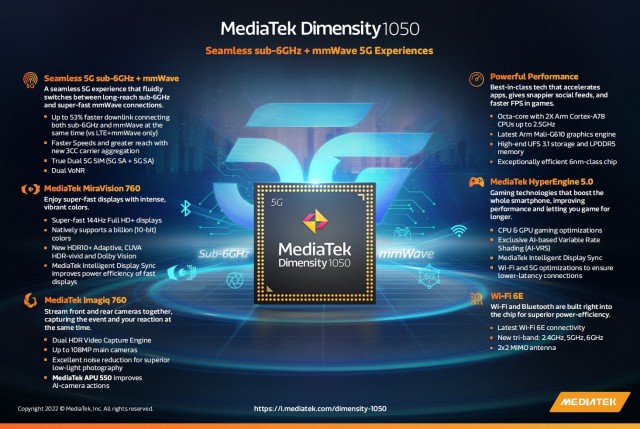
MediaTek has announced Dimensity 930 and Helio G99. The MediaTek Dimensity 930 comes with a Arm Cortex-A78 processor that clocks a speed of 2.2GHz and an Arm Cortex-A55 processor that clocks a speed of 2.0GHz. The SoC also has IMG BXM-8-256 GPU. It features support for both LPDDR5 and LPDDR4X RAM and UFS 3.1 storage option. MediaTek Helio G99 SoC comes with a Arm Cortex-A76 processor that clocks a speed of 2.2GHz and an Arm Cortex-A55 processor that clocks a speed of 2.0GHz. The SoC also has Arm Mali-G57 MC2 GPU. It features support for LPDDR4X RAM and UFS 2.2 storage option. (Gizmo China, GizChina, SamMobile, BGR, MediaTek, MediaTek)
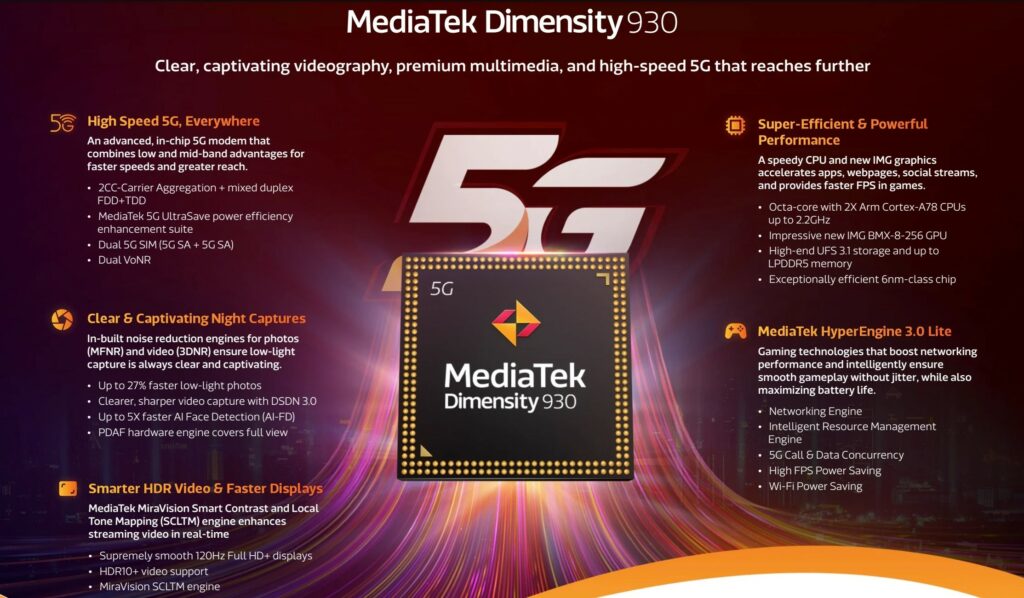
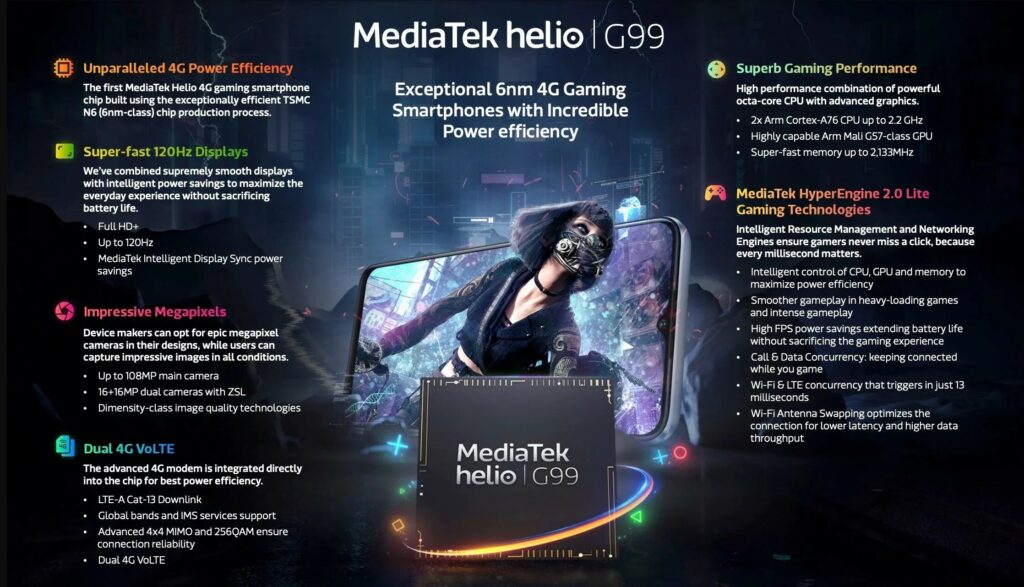
MediaTek has announced two new SoCs for IoT devices, dubbed Filogic 880 and Filogic 380. This new pair of chips will be among the first to carry support for Wi-Fi 7. Filogic 880 is a 6nm SoC that combines a Wi-Fi 7 access point with an advanced host processor solution to provide a better router and gateway solution. It has a scalable architecture that supports up to penta-band 4×4 with a maximum speed of 36Gbps. Filogic 380 is also a 6nm chip designed to add Wi-Fi 7 and Bluetooth 5.3 connectivity to electronics such as smartphones, tablets, televisions, notebook computers, set-top boxes, and OTT streaming sticks. Its dual concurrent 2×2 capability is pre-optimized for these devices since MediaTek also provides equivalent platform solutions.(Android Headlines, MediaTek, Gizmo China, CN Beta)
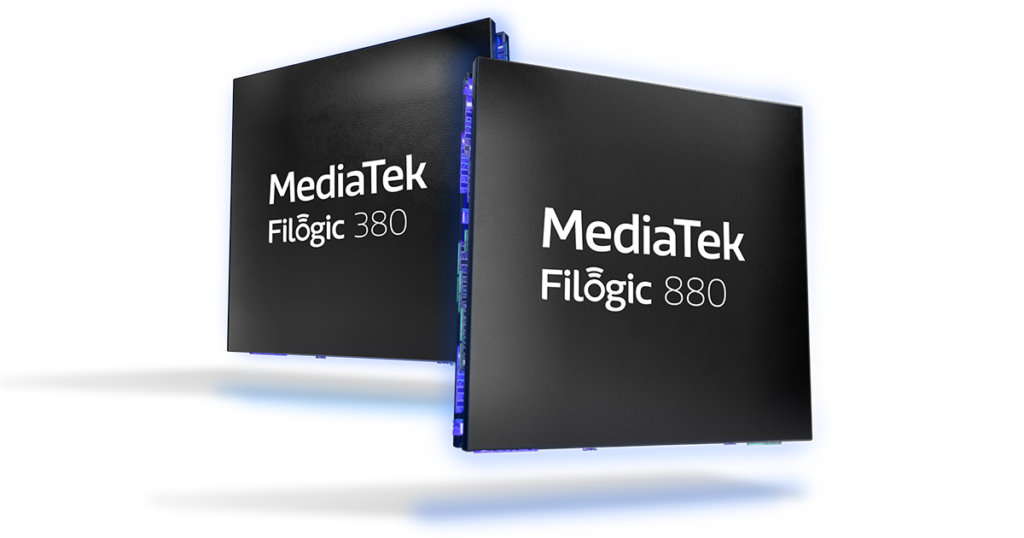
Nvidia has announced its new plan for reducing the energy use of data centers crunching massive amounts of data or training AI models: liquid-cooled graphics cards. In testing, NVIDIA claims a facility outfitted with its water-cooled A100 GPUs ran the same workload as an air-cooled data center while using about 30% less power. The new version of the A100 is also more space-efficient. (Digital Trends, Yahoo, Engadget, The Verge, YouTube)
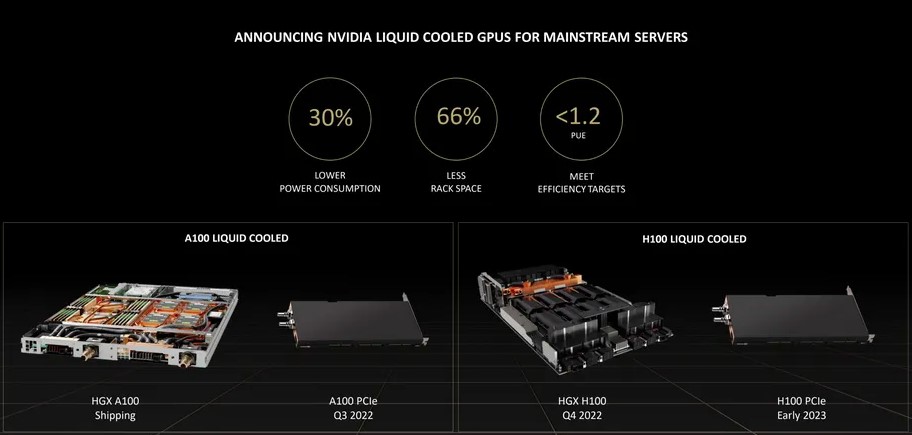
Samsung is reportedly assembling a special task force dubbed “Dream Platform One team” and the purpose of this dream team will be design a custom in-house Samsung mobile Application Processor (AP) which can take on Apple Silicon, which consists of the company’s M1-based offerings. (Neowin, CN Beta, Twitter, Naver)
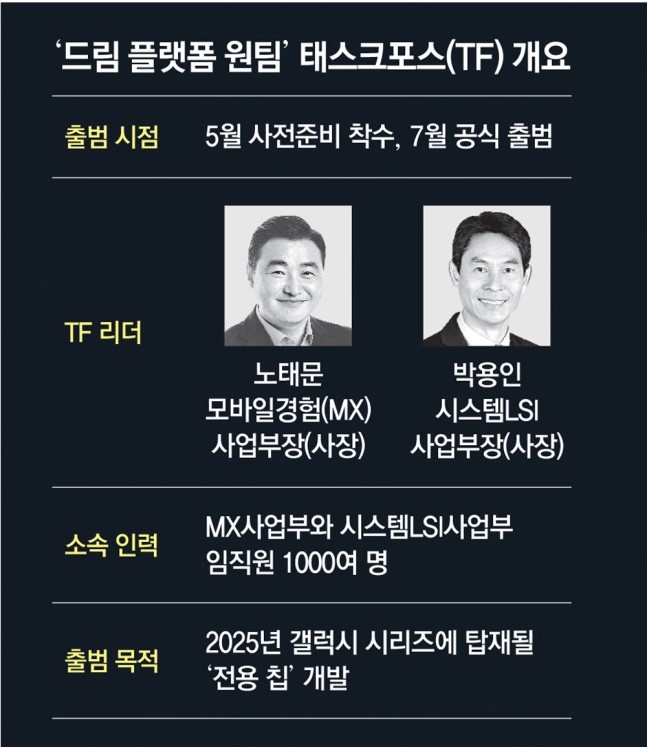
Samsung Group has pledged KRW450T (USD356B) in chip, bio, and IT sector over the next 5 years, of which 80% would go to facility and R&D investment, by nearly doubling its mid-term capex goal from last year to cement its global leadership amid fast changing international supply order and economic environment. It will spend KRW360T at home to create 80,000 jobs, sharply increased from 2021 pledge of KRW240T for following 3 years. The 80,000 new jobs would be created “primarily in core businesses including semiconductors and biopharmaceuticals” through 2026.(CN Beta, Reuters, Barron’s, Pulse News, Bloomberg)
Amazon Web Services (AWS) has made its latest homebrew processor, the Graviton3, available to rent in its Elastic Compute Cloud (EC2) infrastructure-as-a-service offering. The cloud colossus unveiled Graviton3 at late-2021, revealing that the 55B-transistor device includes 64 Arm-compatible CPU cores, runs at a 2.6GHz clock speed, can address DDR5 RAM with 300GB/sec max memory bandwidth, and employs Arm’s 256-bit Scalable Vector Extensions. The chips were offered as a tech preview to select customers. AWS made them available to all-comers in a single instance type named C7g.(CN Beta, Amazon, Amazon, The Register)
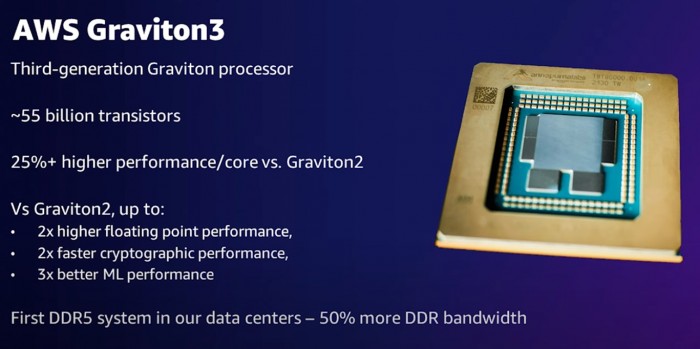

Microsoft’s patent application demonstrates a unique way to make a foldable display happen without creating an angled gap and how to reverse-fold it 360º for a single-display mode. The main benefit of this design is that it does not create an angled gap. However, providing a glass display that can fold from 0 to 360º could be the main challenge in making such a device. The patent notes how devices using a flexible, ultra-thin glass can suffer from creases, wrinkles, cracks, and other physical damage.(Phone Arena, Android Headlines, Windows Central, Free Patents Online)
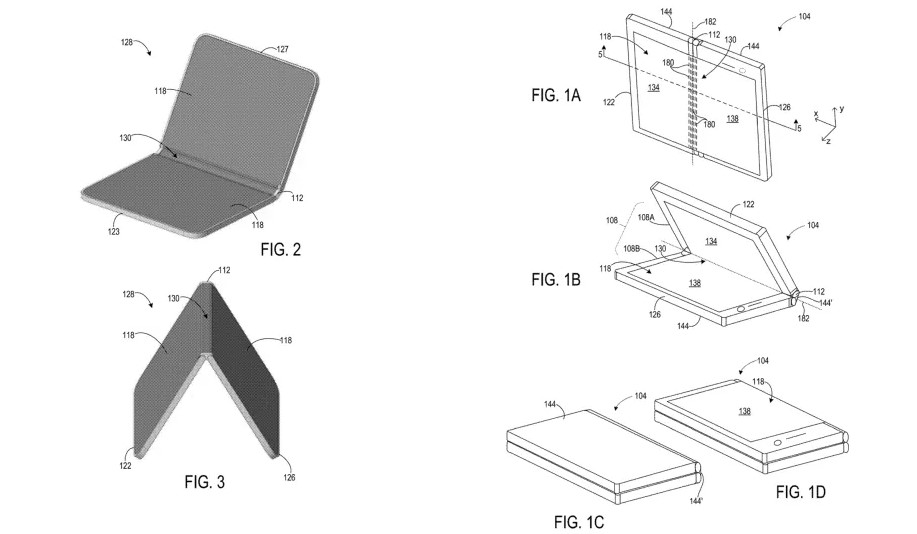

Xiaomi and Leica have officially confirmed a partnership, working together on mobile imaging. The first smartphone with the partnership is to be launched in Jul 2022, rumored to be Xiaomi 12 Ultra. (CN Beta, Gizmo China, GSM Arena, Android Authority, Twitter)
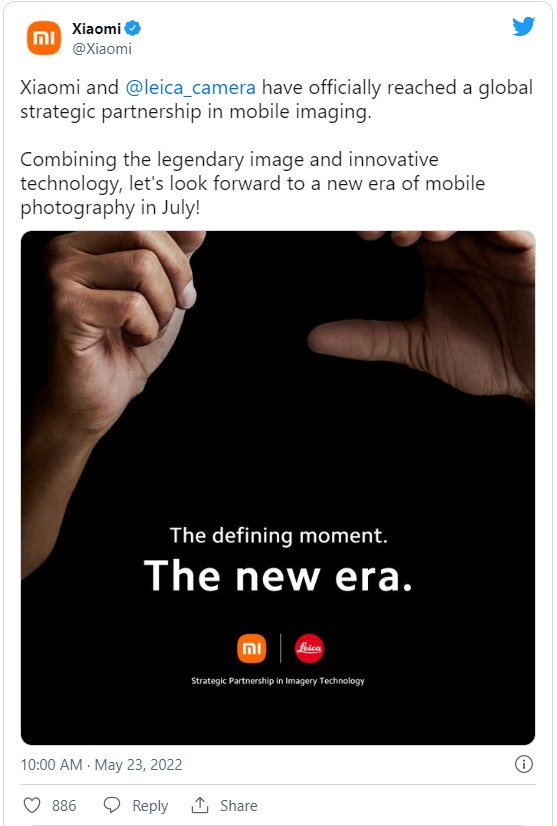
Huawei has confirmed that Huawei’s partnership with Leica, which started in 2015 and resulted in their first phone a year later, ended on 31 Mar 2022.(CN Beta, My Drivers, GSM Arena, SCMP)
Apple has reportedly decided to install LG Innotek’s products for the first time on the iPhone 14 front camera, which is slated to release in Sept 2022. LG Innotek has begun preparing for mass production of the iPhone 14 front camera. Originally, Chinese manufacturers and Japan’s Sharp were the main suppliers for the iPhone’s front camera. The front camera is one-third of the unit price of the rear-facing camera. It had been regarded a low-cost part. The unit cost of parts has risen due to the advancement in functions, such as adding an autofocus (AF) function to the front camera. The unit price of the iPhone 14 front camera has risen nearly 3 times compared to previous models. (Apple Insider, ET News, WCCFTech)


Clearview AI has been fined GBP7.55M (USD9.5M) by the UK’s privacy watchdog for illegally scraping the facial images of UK residents from social media and the web. It was also ordered to stop obtaining the data of UK residents and to delete any it has already collected. The UK’s Information Commissioner’s Office (ICO) opened a joint investigation with Australia into Clearview AI back in 2020, and issued a preliminary fine of GBP17M (USD21.4M) against the company late in 2021. In issuing a final injunction, the ICO has noted that globally, the company illegally collected more than 20B facial images for its database. (Engadget, ICO)


Polestar has announced that it has made its first financial investment in another company StoreDot, an Israel-based start-up engaged in the development of silicon-dominant extreme fast-charging batteries. Becoming a shareholder in StoreDot is expected to unlock access to the technology of recharging enough energy in 5 minutes for 100 miles (160km) of range (although the exact range replenishing speed depends on the battery size/car model and its average energy consumption). Polestar expressed hopes that the technology might be used in future models as early as 2026 if their current pilot projects with StoreDot are successful. (CN Beta, InsideEVs, Electrive, Polestar)
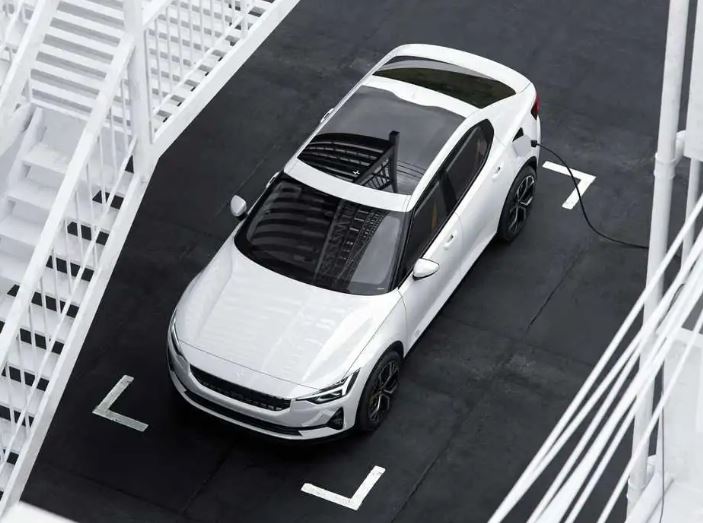
Automaker Stellantis plans to invest more than USD2.5B in partnership with Samsung SDI to build the automaker’s first U.S. electric vehicle battery manufacturing facility. The companies have announced the new plant will be located in Kokomo, Indiana, where Stellantis already has a supplier base. The new facility is part of Stellantis’ goal to achieve annual sales of 5M battery-electric vehicles by 2030. Stellantis said the new facility will supply lithium-ion battery modules for a range of vehicles. Plant construction is scheduled to begin later in 2022, with production projected to launch in 1Q25. (Engadget, CNBC, PR Newswire)

Goodix has revealed new products, like a new Bluetooth LE SoC and Time of Flight (ToF) solutions. Goodix has debuted a new Bluetooth LE SoC, the GR5526 series, which can be configured as a Broadcaster, an Observer, a Peripheral and a Central while supporting the use of the combinations of all these roles. The SoC is Bluetooth 5.3 compliant and has a dedicated GPU, giving it the ability to output to a display. It supports a resolution of 454×454 at 30FPS and is also 30% more efficient in terms of power consumption when compared to its predecessor. Goodix has also shared its new Time of Flight (ToF) 3D sensing solutions that integrates a ToF image sensor and a laser driver that allows for a higher level of precision when it comes to depth measurement.(Gizmo China, XDA-Developers, Goodix)
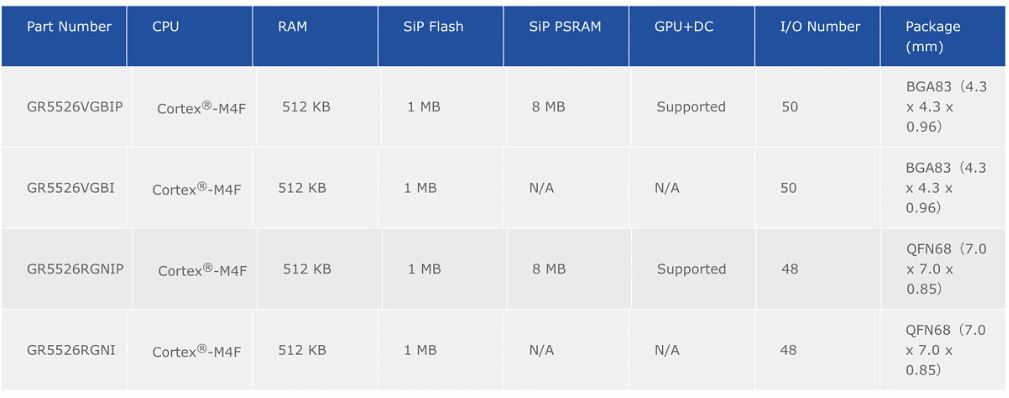
SpaceX has announced a “Starlink for RVs” internet service. SpaceX says the new RV service will be ideal for those who want to take internet connectivity with them when they hit the road. Subscribers to the Starlink RV service will have to fork out USD599 for the dish and USD135 per month for the internet connection. Starlink broadband will only work where SpaceX provides active internet coverage. Also, connectivity is not available while a vehicle is in motion (though some determined customers have apparently made it happen). SpaceX is working on adding this to the service.(Digital Trends, Twitter, The Verge, Starlink for RV)
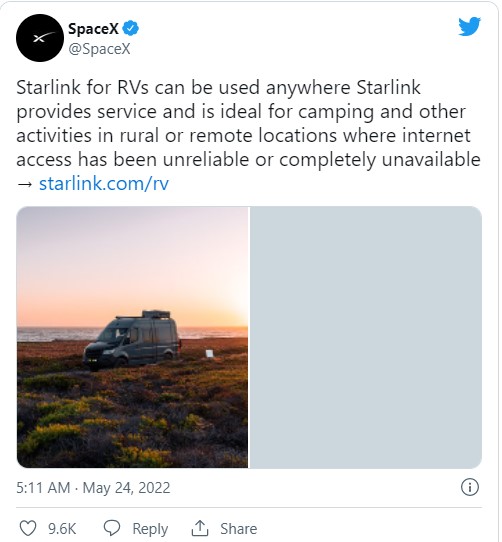

OPPO Reno8 series is announced:
- Reno8 – 6.43” 1080×2400 FHD+ HiD AMOLED 90Hz, MediaTek Dimensity 1300, rear tri 50MP-2MP macro-2MP depth + front 32MP, 8+128 / 12+256GB, Android 12.0, fingerprint on display, 4500mAh 80W, CNY2,499 (USD375) / CNY2,999 (USD450).
- Reno8 Pro – 6.62” 1080×2400 FHD+ HiD AMOLED 120Hz, Qualcomm Snapdragon 7 Gen 1, rear tri 50MP 1.0µm-8MP ultrawide-2MP macro + front 32MP, 8+128 / 8+256 / 12+256GB, Android 12.0, fingerprint on display, 4500mAh 80W, CNY2,999 (USD450) / CNY3,199 (USD480) / CNY3,499 (USD525).
- Reno8 Pro+ – 6.7” 1080×2412 FHD+ HiD AMOLED 120Hz, MediaTek Dimensity 8100-Max, rear tri 50MP 1.0µm -8MP ultrawide-2MP macro + front 32MP, 8+256 / 12+256GB, Android 12.0, fingerprint on display, 4500mAh 80W, CNY3,699 (USD556) / CNY3,999 (USD600).

Redmi Note 11T Pro, Note 11 T Pro+ and Note 11 SE are announced:
- Note 11T Pro – 6.6” 1080×2460 FHD+ HiD 30Hz-144Hz, MediaTek Dimensity 8100, rear tri 64MP-8MP ultrawide-2MP macro + front 16MP, 6+128 / 8+256GB, Android 12.0, side fingerprint, 5080mAh dual-cell 67W, CNY1,799 (USD270) / CNY2,199 (USD330).
- Note 11T Pro+ – 6.6” 1080×2460 FHD+ HiD 30Hz-144Hz, MediaTek Dimensity 8100, rear tri 64MP-8MP ultrawide-2MP macro + front 16MP, 8+128 / 8+512GB, Android 12.0, side fingerprint, 4400mAh 120W with Surge P1 charging IC, CNY2,099 (USD315) / CNY2,499 (USD375).
- Note 11SE – 6.5” 1080×2400 FHD+ HiD 30Hz-90Hz, MediaTek Dimensity 700, rear dual 48MP-2MP depth + front 8MP, 4+128 / 8+128GB, Android 11.0, side fingerprint, 5000mAh 18W, CNY1,099 (USD165) / CNY1,399 (USD210).
(GSM Arena, Android Authority, Gadgets360)


Argo AI, the autonomous vehicle technology company backed by Ford and Volkswagen, is launching driverless testing operations in Miami and Austin, a significant milestone for the startup that illustrates its progress toward commercialization. While a number of competitors such as Cruise, Waymo and Zoox are fixated on San Francisco (Waymo also has a driverless operation in Phoenix), Argo has turned its attention to other cities like Austin and Miami. Argo is working with Ford to launch commercial pilots in both of these cities, including an integration with Lyft’s ride-hailing platform and a grocery delivery program with Walmart. Argo’s pilot programs with Lyft and Walmart will continue to have a human safety operator behind the wheel for now. (The Verge, CN Beta, TechCrunch, Argo.ai)
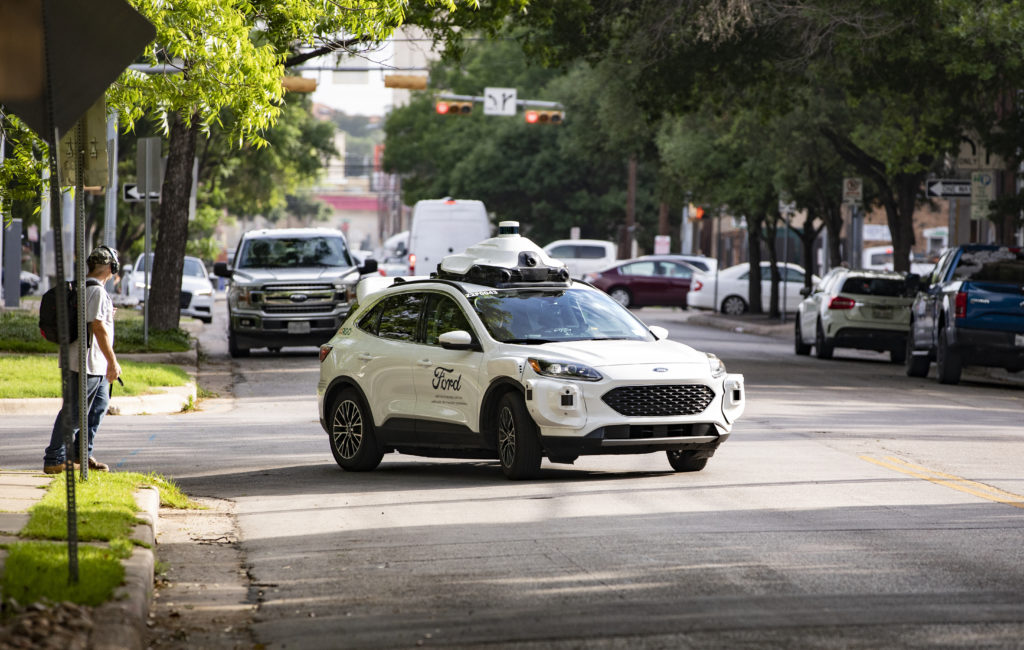

Walmart has announced that it is planning on expanding the number of stores that offer drone-delivered packages; by the end of 2022, it hopes to fly deliveries from 34 sites across Arizona, Arkansas, Florida, Texas, Utah, and Virginia. The company says the expansion will give up to 4M households access to the service, which is a significant increase. When the company launched the program in Nov 2021, it was only available in a single town in Arkansas. The deliveries, which cost USD3.99, are done via a drone operated by a company called DroneUp, which has a partnership with Walmart.(CN Beta, Engadget, The Verge, Walmart)
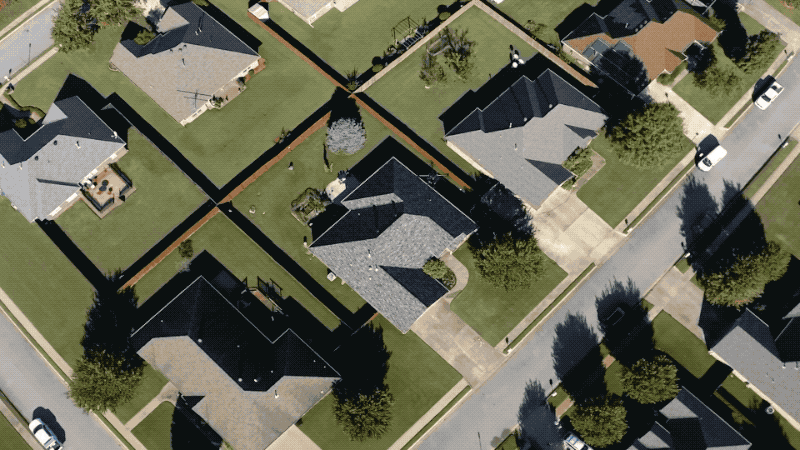
Robotics are playing a growing role in the world of e-commerce logistics and fulfillment, where they are seen not just as a way to speed up operations but to drastically reduce the costs of running them. Nomagic, a Polish startup that has built a robotic arm that can identify and pick out an item from an unordered selection (say, from objects in a box) and then move or pack it into another place, has raised USD22M, funding that it will be using toward both growing and expanding its business. Nomagic’s robotic arms were first deployed to work picking up and moving small consumer electronics and related items — phones, cables, small toys — before extending to items like bagged apparel. (TechCrunch)
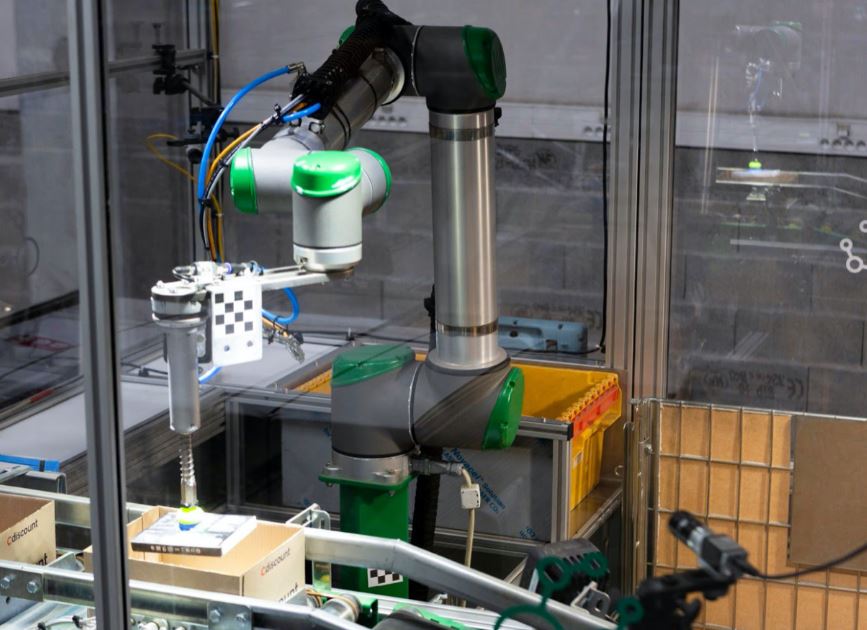

Amazon is piloting a program that has its contracted Flex drivers picking up and delivering packages from malls. The program has been running since 2021, could help Amazon fulfill orders for same-day or two-day deliveries. Much like drivers for Instacart or DoorDash, Amazon’s Flex drivers use their own vehicles to deliver packages. They typically pick up packages from Amazon’s delivery stations, but there is also the option to pick up packages from local stores. Mall deliveries will work the same way, only drivers will head to stores within local shopping centers to collect packages. (The Verge, Bloomberg, The National News, SlashDot)
